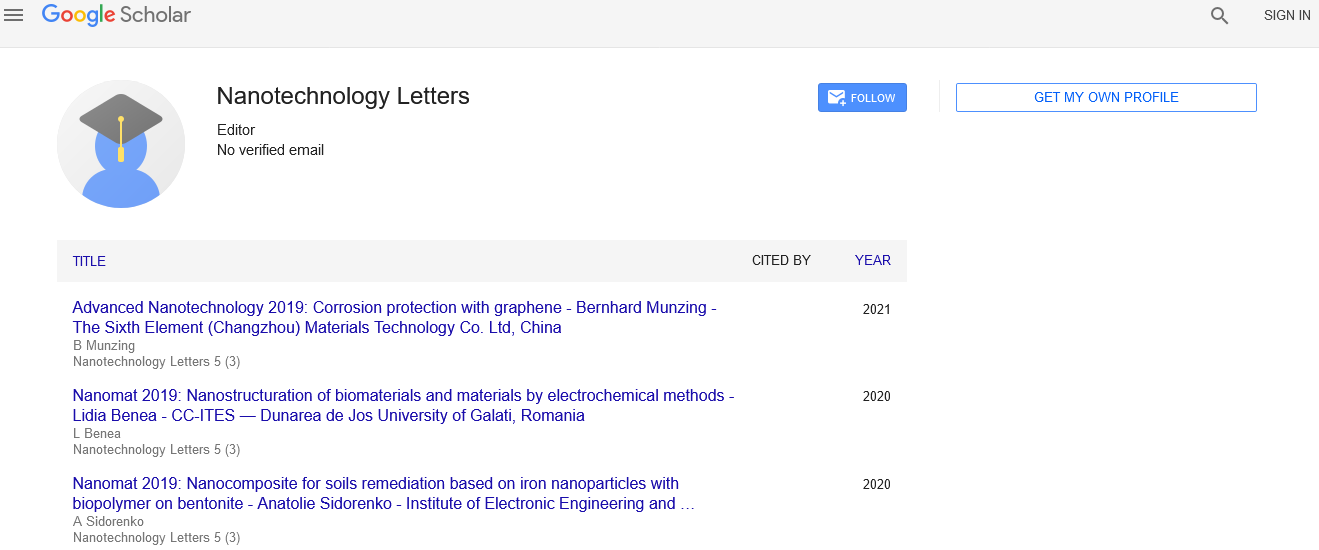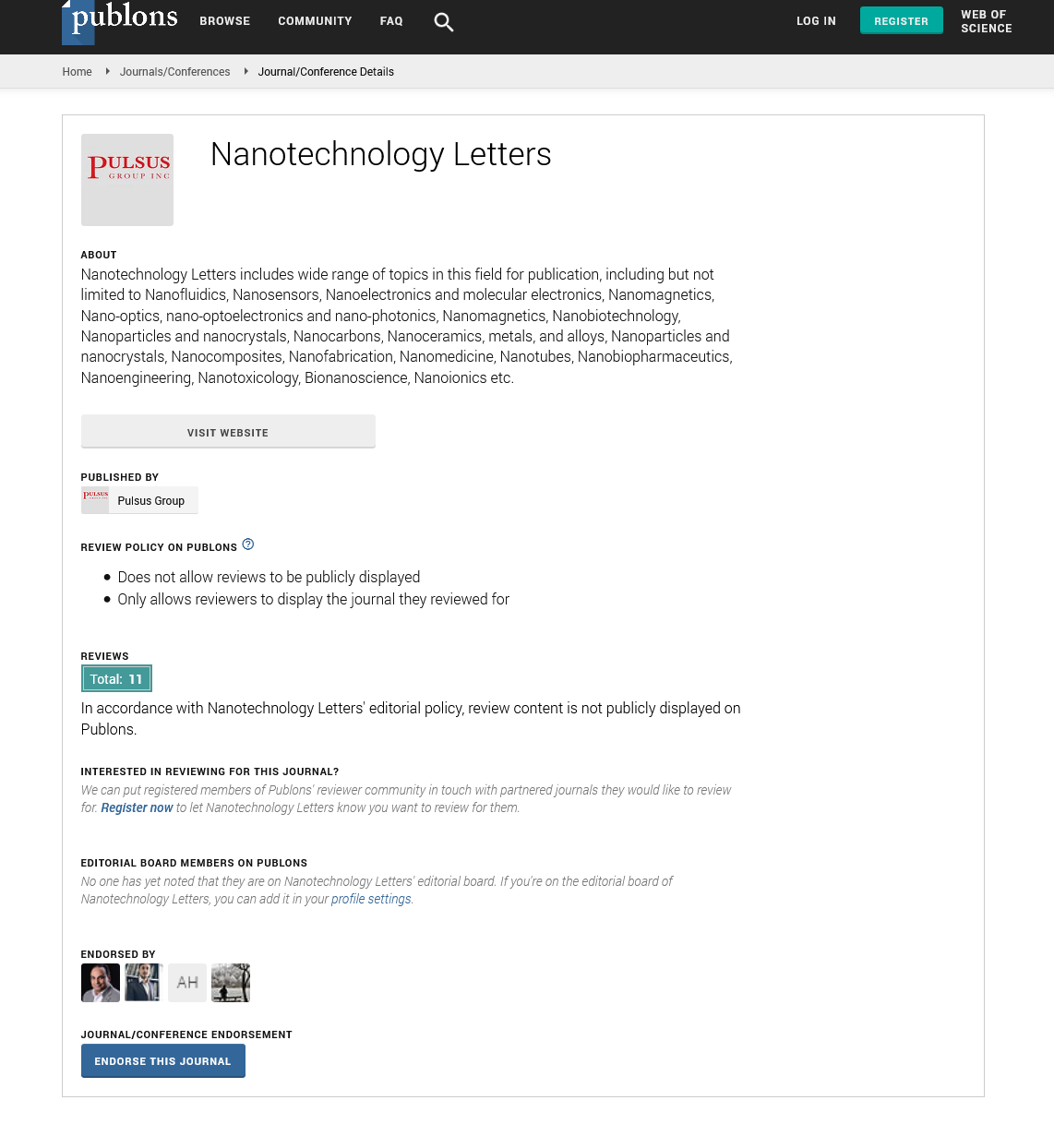
Sign up for email alert when new content gets added: Sign up
Abstract
Advanced Nano 2017: Green preparation of highly active nano-metal catalysts for renewable fuel production - Riny Yolandha Parapat - Technical University of Berlin, Germany
Author(s): Riny Yolandha ParapatAs the fossil resources utilization escalates significantly CO2 levels in the atmosphere, the renouncing of the fossil fuels reliance is getting increase. This drives researcher either inventing biofuels or discovering new and improved catalytic processes and technologies that focus on environmental prevention rather than remediation. Reducing negative environmental impact calls for utterly new catalysts which are more active and selective which is continuing challenge in nanoscience and nanotechnology, demanding an ability to design new catalytic materials. Through the knowledge of the activity determining factors of the catalyst, one will be able to design catalysts in atomic- scale. Our results show that applying the same natural reductant on different metal precursors will produce different size and shape of metal nanoparticles. From our investigation with transmission electron microscopy (TEM) and high resolution of transmission electron microscopy (HRTEM) we found that the metal with different shapes such as nano-dendrites, nanoflakes and multi various shapes were produced after the synthesis process. The NPs were deposited on the support material by using thermo-destabilization of microemulsion and then tested first with hydrogenation reactions such as hydrogenation of Alpha Methyl Styrene, Methyl Crotonate and Levulinic acid. Among those hydrogenation reactions, Levulinic Acid (LA) hydrogenation is the most challenging one. Levulinic acid is one of the top bio-based platform molecules that can be converted to renewable fuel such as γ-valerolactone (GVL). LA hydrogenation normally is carried out at high pressure and high temperature. Yet with our unoptimized Pt nanocatalysts, we are able to carry out that reaction at a very mild reaction condition (1.3 bar and 70 oC) with 100 % GVL selectivity at 94% conversion. The produced nanocatalysts are very active due to the anisotropic structure of the nanomaterials which is engineered by using weak green reductant. These engineered nanomaterials not only are prepared in a greener way, but also shows potential to be applied in a green catalysis.





